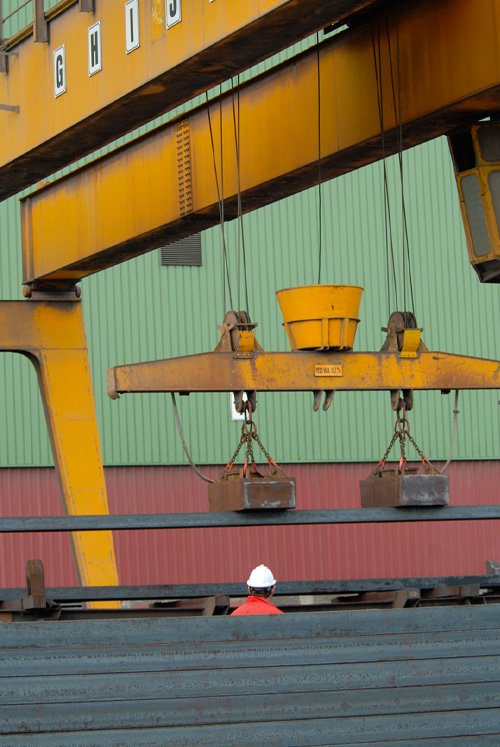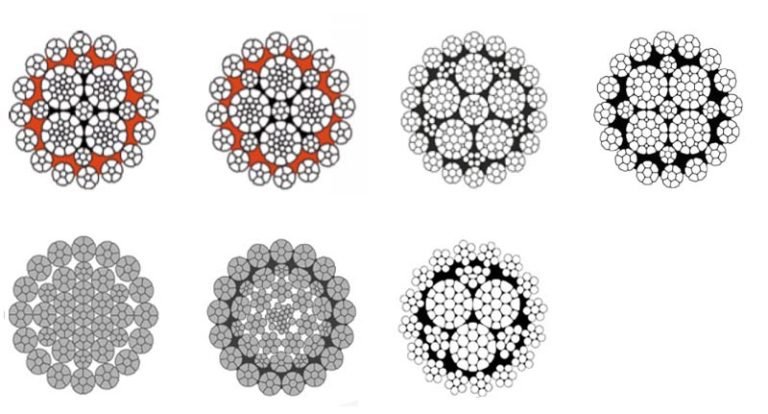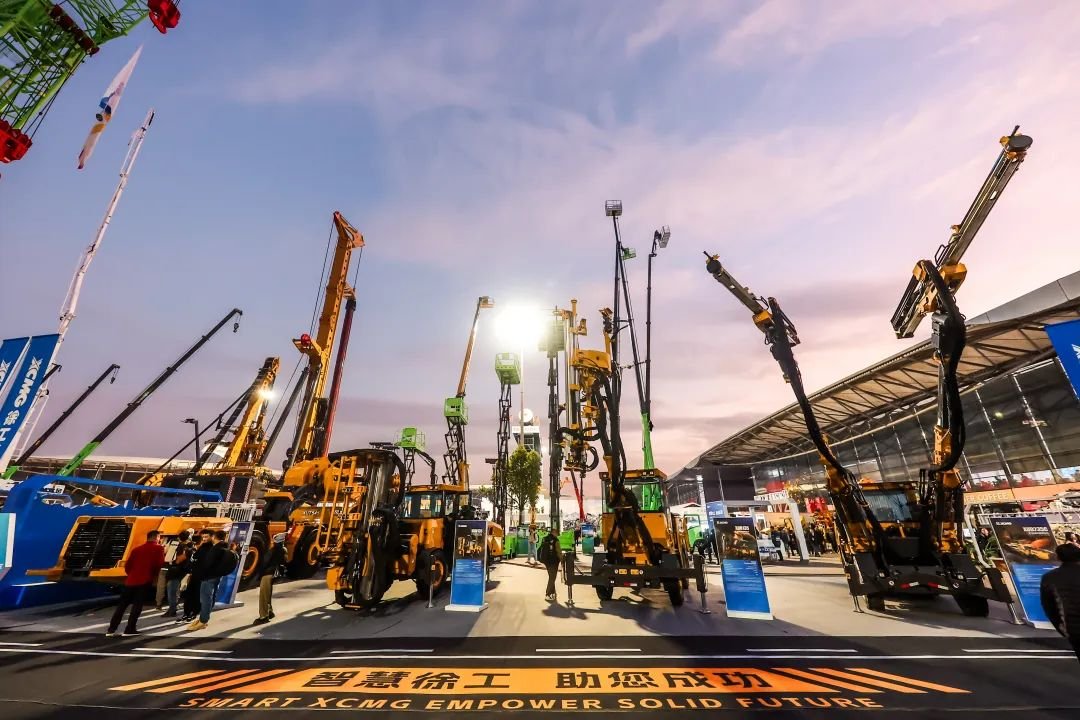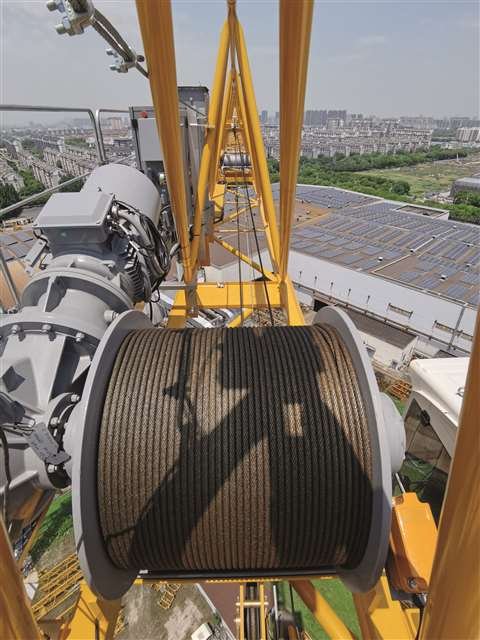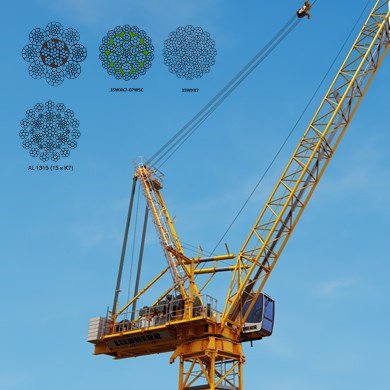Does your wire rope need a secure termination? Are you worried about safety and performance? Poor ferrule installation can lead to catastrophic failure.
Installing a wire rope ferrule and end stop correctly ensures safety and strength. It creates a secure loop or end. This prevents slippage and maintains load integrity.
I remember one time a client had issues with their lifting operation. It turned out their wire rope terminations were poorly done. This experience taught me the critical importance of proper installation. Let’s explore this further.
Why is a Proper Ferrule Installation Important for Wire Rope Safety?
A secure wire rope ferrule is crucial. It directly impacts the safety of your operations. Incorrect installation risks equipment damage and serious accidents. It’s not just about compliance; it’s about preventing disaster.
Proper ferrule installation prevents wire rope slippage and premature wear. It ensures the assembly can withstand its maximum intended load. This directly boosts operational safety and extends the rope’s lifespan.

When we talk about proper installation, we are looking at several key aspects. Each one plays a part in the overall safety.
Dive Deeper:
Understanding the “Why” behind good installation practices is essential.
The Role of Material:
The ferrule material must match the wire rope. Mismatched materials can lead to galvanic corrosion. This weakens the assembly over time. For instance, using an aluminum ferrule on a stainless steel wire rope in a marine environment is a recipe for disaster. This happens because of electrochemical reactions. The aluminum corrodes quickly.
| Ferrule Material | Wire Rope Compatibility | Environment Suitability |
|---|---|---|
| Aluminum | Galvanized steel | Dry, non-corrosive |
| Copper | Stainless steel | Marine, corrosive |
| Steel | General purpose | High strength |
Proper Swaging Pressure:
The swaging machine’s pressure is critical. Too little pressure means the ferrule won’t grip the wire rope properly. Too much pressure can damage the rope’s core. This leads to internal stresses. These stresses can cause hidden weak spots. We use a calibrated swaging machine for consistent results. Our machines are regularly checked. This ensures they apply the correct force. This is vital for high tensile strength ropes.
Adherence to Standards:
International standards like EN13411-3 provide guidelines for ferrule installation. Adhering to these standards is not optional for us. These standards detail ferrule dimensions, swaging procedures, and testing methods. For example, EN13411-3 specifies the number of swages required for a given ferrule size. It also dictates how to measure the swaged diameter. This ensures the termination meets strict strength requirements. Not following these can invalidate certifications. It can also lead to legal liabilities. We always ensure our products comply with EN12385-4. We can provide BV & CE, RMRS, DNV, ABS certificates if needed.
Visual Inspection:
After swaging, a thorough visual inspection is necessary. We check for signs of cracking on the ferrule. We also look for any wire strands poking out. This could indicate improper crimping. Any visible defect means the termination is not safe. It must be re-done. We ensure the ferrule shape is uniform. The rope should fit snugly. There should be no gaps.
Load Testing:
For critical applications, load testing the assembly is often required. This involves applying a proof load. This load is typically a percentage of the wire rope’s breaking load. This test confirms the integrity of the ferrule termination. It ensures it can bear the expected operational stresses. This step is especially crucial for specialized assemblies. We perform tests to ensure high breaking load. This provides an extra layer of assurance.
What Tools Do You Need for Ferrule Installation?
You need specific tools for installing ferrules. Using the right tools makes the process easier. It also ensures the termination is safe and strong. Using wrong tools can damage the wire rope. It can also lead to an unsafe termination.
To install a wire rope ferrule, you will need a ferrule swaging machine, a wire rope cutter, and a measuring tape. You also need a go/no-go gauge for checking the swaged ferrule’s diameter. These tools ensure precision and safety.
This comprehensive set of tools is what we use in our factory. Each tool has a specific purpose. They all contribute to a high-quality finish.
Dive Deeper:
Let’s break down the essential tools and their roles.
Wire Rope Cutter:
A sharp, high-quality wire rope cutter is essential. It provides a clean cut. A clean cut prevents fraying. Fraying makes it hard to insert the rope into the ferrule. It also weakens the rope end. Using bolt cutters for wire rope is not recommended. Bolt cutters can crush and deform the strands. This creates stress points. Our cutters are designed specifically for wire rope. They ensure a precise, clean cut every time.
Measuring Tape:
A measuring tape is used for accurate measurement. You need to measure the correct length of wire rope. You also need to measure the tail length. The tail length is the part of the rope that extends beyond the ferrule. This length is critical. It determines the strength of the loop or end. Inconsistent measurements lead to uneven stress distribution. This can weaken the termination. Precision in measurement is key to safety.
Ferrule Swaging Machine:
The swaging machine is the most critical tool. It applies the necessary force to deform the ferrule. This force causes the ferrule to grip the wire rope. There are different types of swaging machines. Some are manual. Some are hydraulic. Hydraulic machines are preferred for larger ferrules. They provide consistent and precise pressure. Our factory uses advanced hydraulic swaging machines. These machines are regularly calibrated. This ensures they apply the exact pressure needed. This leads to a high quality and high tensile strength termination.
Go/No-Go Gauge:
A go/no-go gauge is used to check the final dimensions of the swaged ferrule. This gauge has two ends. One end is labeled “go.” The other is labeled “no-go.” The “go” end must fit over the swaged ferrule. The “no-go” end must not fit. If the “go” end does not fit, or the “no-go” end fits, it means the swaging was incorrect. This indicates the ferrule is either over-swaged or under-swaged. This small tool is vital for quality control. It ensures the termination meets the required specifications for breaking load.
Marking Pen:
A simple marking pen can be very useful. You can use it to mark the cutting points on the wire rope. You can also mark the insertion points for the ferrule. Clear markings help prevent errors. They ensure consistent results. This adds to the overall precision of the installation.
What Are the Steps to Install a Wire Rope Ferrule and End Stop?
Installing a wire rope ferrule correctly involves a series of steps. Following these steps ensures a strong and safe termination. Skipping steps can compromise the integrity. This can lead to failure.
To install a wire rope ferrule and end stop, first cut the rope cleanly. Then, loop and insert the rope ends into the ferrule. Finally, use a swaging machine to properly crimp the ferrule. Check the final diameter with a gauge.
These steps form the backbone of a reliable ferrule installation. Each step builds on the last. Let’s break them down in detail.
Dive Deeper:
Here are the precise steps for ferrule installation.
Step 1: Prepare the Wire Rope:
First, measure the desired length of the wire rope. Use a high-quality wire rope cutter. Make a clean, precise cut. A clean cut prevents fraying. Fraying can make it difficult to insert the rope into the ferrule. It also weakens the end. Ensure the cutting point is marked clearly. This prevents errors.
Step 2: Form the Loop (if applicable):
If you are creating a loop, form it now. Bend the wire rope into the desired loop size. The size of the loop depends on its intended use. Ensure the loop is smooth. There should be no kinks. Insert the end of the rope into the ferrule. Then, bring the main part of the rope back through the ferrule. This forms the loop. Ensure enough tail length. The tail length is crucial for strength.
Step 3: Position the Ferrule:
Slide the ferrule over the wire rope ends. For a loop, both ends of the rope go through the ferrule. For an end stop, only one end goes through. Ensure the ferrule is seated correctly. It should be snug against the thimble or directly on the rope if no thimble is used. Proper positioning ensures even pressure during swaging.
Step 4: Swage the Ferrule:
Place the ferrule and rope assembly into the swaging machine. Apply the correct pressure. The pressure depends on the ferrule size and material. Our machines provide consistent pressure. This ensures the ferrule deforms correctly. It grips the wire rope firmly. Multiple passes may be needed. Rotate the ferrule slightly between passes. This ensures even crimping.
Step 5: Check the Swaged Diameter:
After swaging, use a go/no-go gauge. Check the diameter of the swaged ferrule. The “go” end of the gauge must fit over the ferrule. The “no-go” end must not fit. This confirms the ferrule has been swaged to the correct dimensions. This step is critical for ensuring the high breaking load. If the dimensions are off, the termination is not safe. It must be re-done.
Step 6: Visual Inspection:
Perform a thorough visual inspection. Look for any cracks or deformities on the ferrule. Check for any stray wire strands. The ferrule should look uniform. There should be no signs of damage to the wire rope near the ferrule. Any anomaly means the installation is faulty. It needs correction.
Step 7: Apply Protective Coating (Optional):
For certain environments, a protective coating can be applied. This can be galvanized or plastic impregnated. This protects the ferrule and the wire rope. It prevents corrosion. This extends the lifespan of the assembly. This is especially useful for marine wire rope. Or for use in corrosive environments. We offer both plastic impregnated and galvanized options.
Conclusion
Proper ferrule installation is vital for wire rope safety and performance. Use the right tools and follow each step carefully. This ensures a strong, reliable connection every time.

